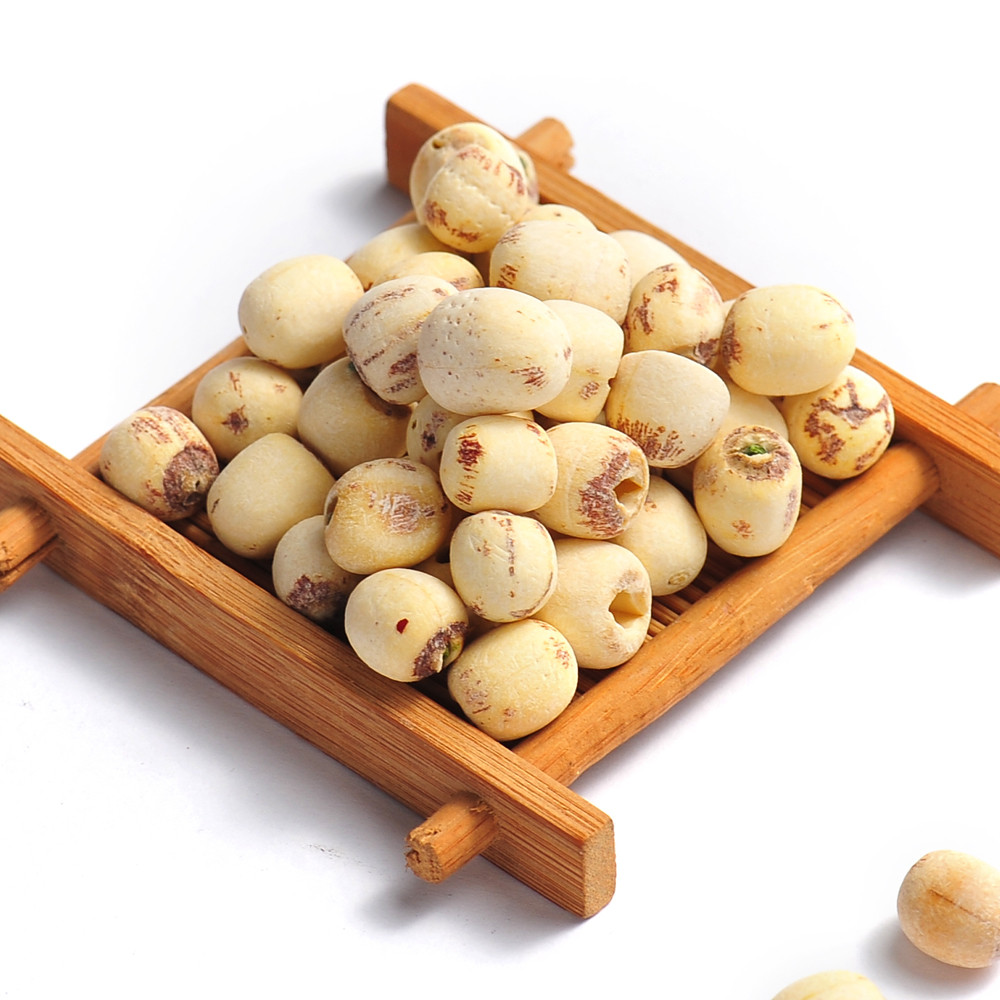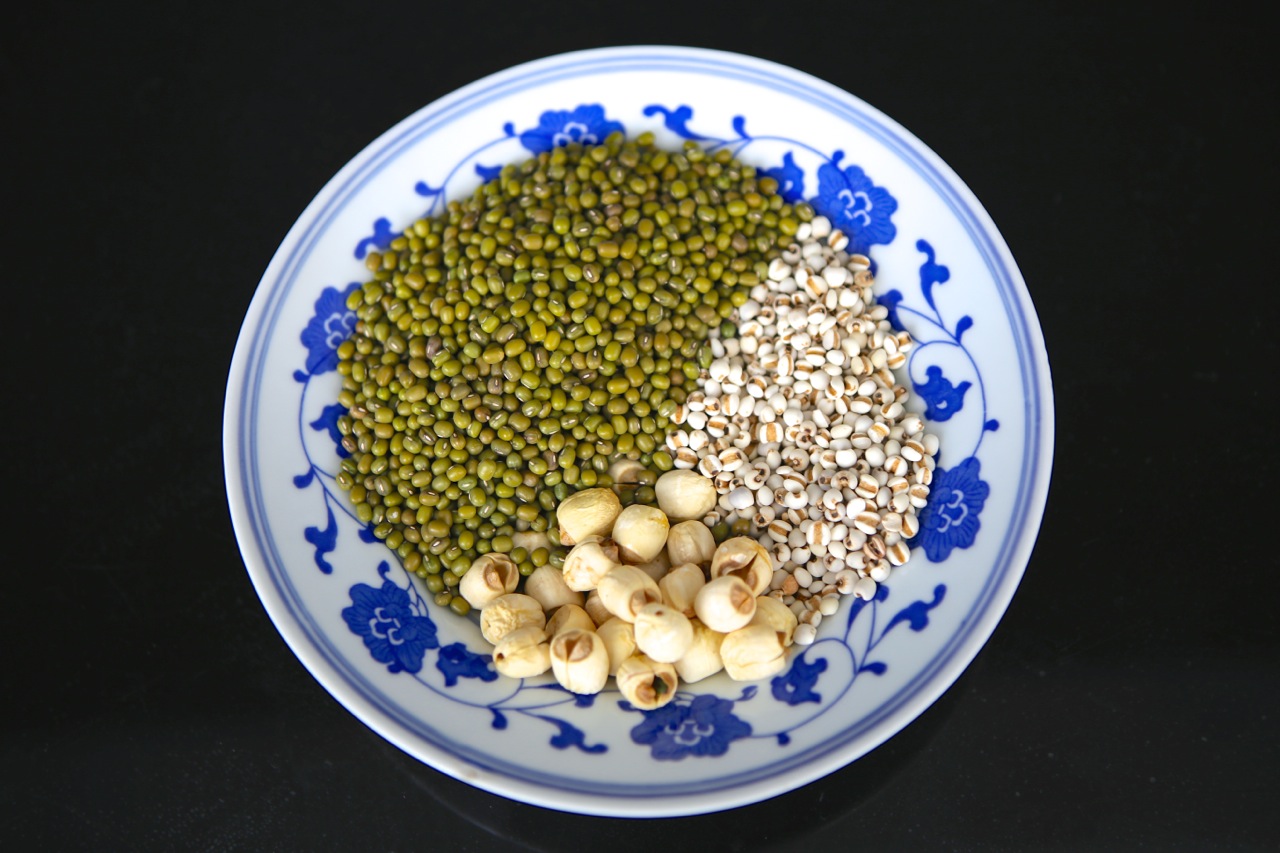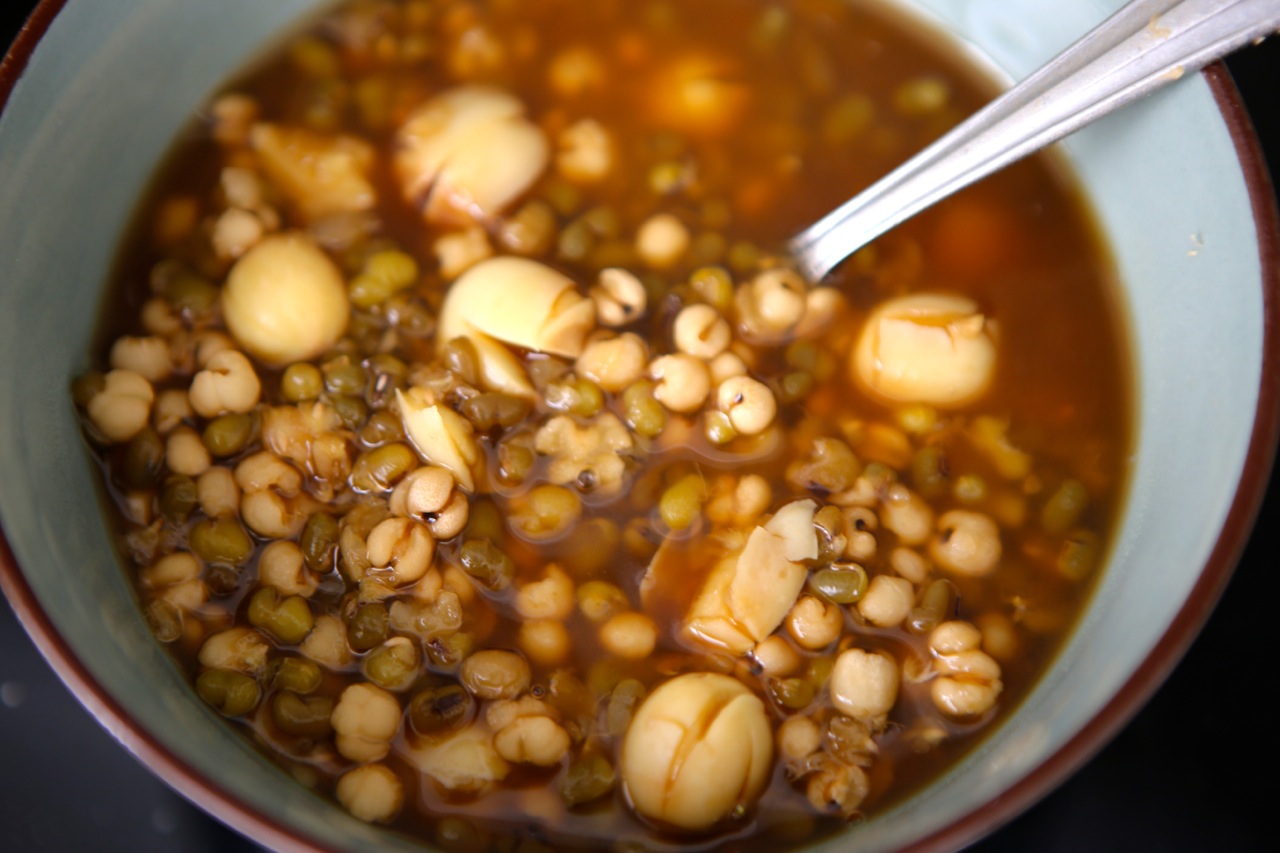The Niubi Chef is a monthly column where we introduce a unique Chinese spice or foodstuff and describe how locals typically prepare it. Now's your chance to master Chinese cuisine!
Ah, the legendary lotus seed. You may have spotted the prickly-pear-like heads for sale outside the subway or tried lotus paste (莲蓉) unknowingly while scarfing down a mooncake. Though these protein-packed kernels also make popular snacks in Thailand, India, Columbia and Iran, they receive special acclaim here in the Middle Kingdom, where the lotus flower has long signified ultimate purity for the way it grows, steadfast and untarnished, from muddy swamps throughout northern and southern China.
This famed flower’s seeds are generally harvested in autumn and mashed into a sweet paste to fill Chinese pastries or stewed in a light broth to ‘clear heat’ (清热/去火), like in mung bean soup. Some use the bitter, chartreuse-colored germs to brew a restorative tea.

Curious how to use lotus seeds in cooking? One of the most common ways is to toss a few into mung bean soup: the dessert-like tonic Chinese use to flush out toxins and ‘cool down.’ It’s chock-full of superfoods like the mighty mung bean and lotus seeds, both of which can be purchased from your local supermarket. If you can boil pasta, you can make this soup, so don’t shy away from the challenge.

Ingredients:
200g (about 1 cup) mung beans* **
100g barley*
30 lotus seeds*
1.5L filtered water
40g brown (or white) sugar
* If you don’t have a pressure cooker, soak the mung beans, barley and lotus seeds in water for at least one hour before preparing.
** The easiest way to purchase lotus seeds is at your local supermarket, Western or Chinese. Look for a bag of dried white kernels labeled ‘莲子’ in the aisle with dried dates, brown rice, beans and mushrooms.
Method:
1. In a large pot, add the mung beans, barley, lotus seeds and water. Bring to a boil. (If you’re using a pressure cooker, set on high for 35 minutes).

2. Reduce heat to a simmer, partially covered for about 40 minutes or until the beans are soft, stirring occasionally if necessary. Top up with hot water if needed.
3. Stir in brown (or white) sugar until dissolved.
4. Serve warm or chill and serve cold.

If you choose to use white sugar instead of brown sugar, the soup will have a clearer broth when cooked.
Click here for more The Niubi Chef.






















0 User Comments